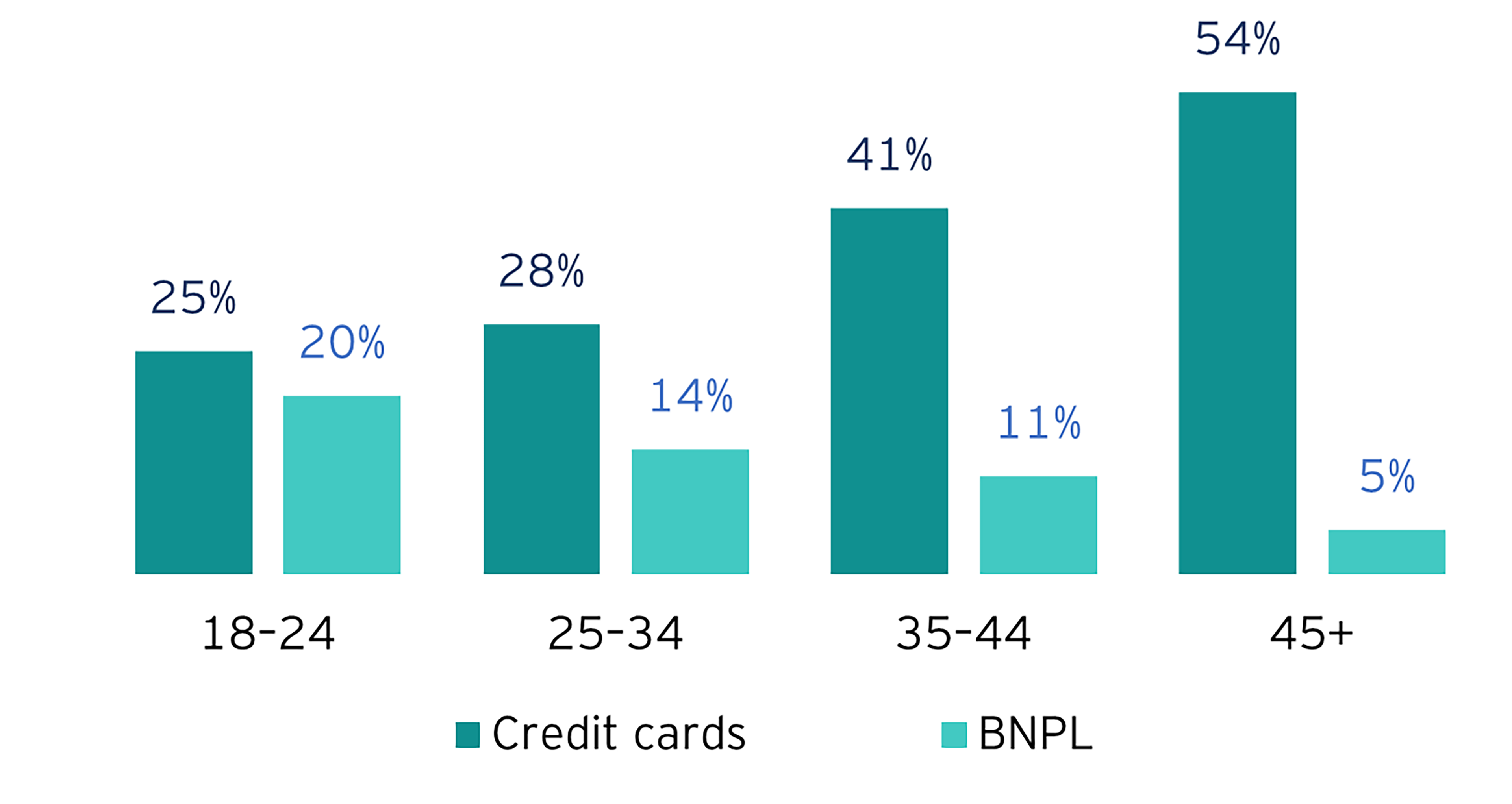Consumer appetite for cryptocurrency is also strong. According to FMA’s Investor Confidence Research, 10% of New Zealanders hold cryptocurrency and 2% are investing in NFTs. While the research doesn’t specify the demographics of these respondents, the likelihood is they are overwhelmingly younger people.
Customers are ready for Open Banking. So, what will that mean for New Zealand?
Lessons from the Open Banking experience in other countries
Around the world, Open Banking is proving to be a disruptive force in the financial services industry. However, the costs of establishing an Open Banking or CDR-based data sharing framework have been significant. Hundreds of millions in local currencies have been spent by government agencies, banks, and data recipients or third parties in other countries as follows.
- Governments – Markets taking a regulatory-driven approach have required high levels of government funding over a multi-year, multi-agency commitment. Both Australia and UK have seen significant investment from central government investment to kick off rollout and adoption.
- Banks – Spending on compliance with Open Banking / CDR requirements typically exceeds initial expectations, with banks spending tens to hundreds of millions (local currency), requiring resources to be redirected from other banking objectives.
- Recipients – In Australia, estimates for third party data recipients’ readiness and compliance vary significantly, but have been significant. This has been a serious barrier to new service deployment, innovation and adoption. In part, it accounts for Australia’s slow adoption, with 23 active data recipients so far. It’s anticipated that changes to accreditation models will increase participation by lowering the barriers to entry for many organisations. In the UK, after a slow start, the market has now accelerated to 339 regulatory providers enrolled, 90 of whom are payment account providers.
Will this be the experience in New Zealand?
Not necessarily. The UK and Australia both have diversified financial sectors, bolstered by successful FinTechs, and with multiple neo, challenger and digital banks. This is different in New Zealand, where FinTechs focus on niche services, such as term deposits and FX. Therefore, CDR legislation could have a more profound impact on the local market as data and payment access enables new entrants to provide compelling new services.
New Zealand has an opportunity to reduce the multi-stage, multi-year rollout approach and instead take a rapid, full-suite go-live approach to accelerate the time to value. This is feasible with lessons learned from overseas and industry standards for payments ready to go. It will take strong co-ordination at the industry level and legislation with teeth. The Government can help reduce costs for participants through central investment to help market innovators, such as clear security standards for access, testing facilities and reduced risk assessment obligations for banks.
The Government has already demonstrated an appetite to change markets and address costs through the Retail Payment Systems Act targeting merchant interchange fees. However, with the FMA, RBNZ, MBIE, DIA and Commerce Commission all playing a role in CDR and Open Banking, simplicity in oversight will be essential.



